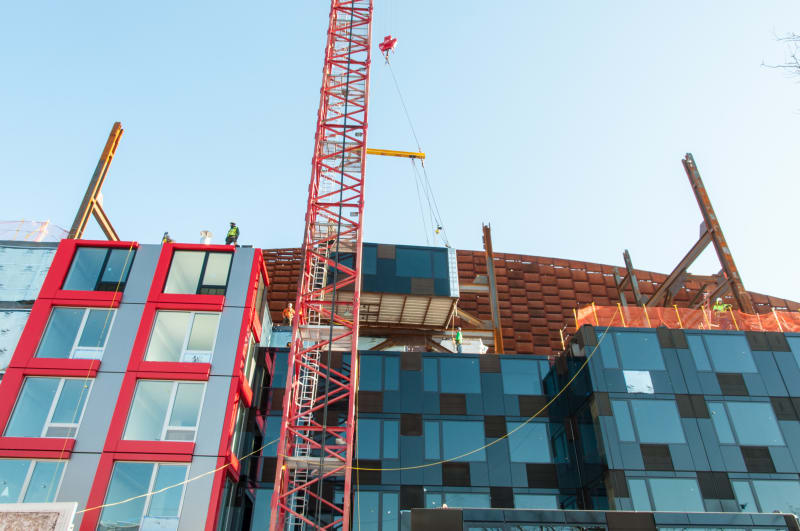341-16 D2-5a states that column splices shall be located 4ft above the beam/column connection. I am not asking why this is useful for erection, for safety, etc. - I get those. I am asking if anyone knows of any commentary or discussion that allows splices at other locations, in particular just above the floor level. This is for gravity only columns, not columns part of the lfrs. D2-5a specifically adds "including those not part of the sfrs" and the scope section of 341-16 states that it applies to components "of the sfrs & gravity column splices and bases" so it's clear that they intend this for all columns. I get why it would be a requirement in the sfrs.
I've got a client/condition where they essentially want to stack floor by floor. I know it's not typical, I know osha etc. But what I am trying to figure out is if there's any exception that would allow this. The commentary to D2 doesn't add much, it states that this location reduces the effect of flexure.
I've got a client/condition where they essentially want to stack floor by floor. I know it's not typical, I know osha etc. But what I am trying to figure out is if there's any exception that would allow this. The commentary to D2 doesn't add much, it states that this location reduces the effect of flexure.

